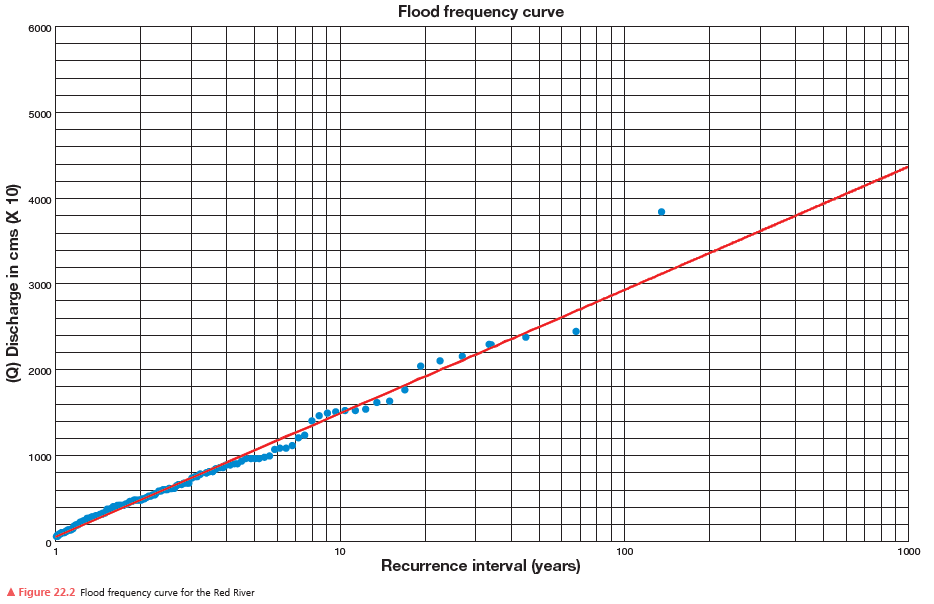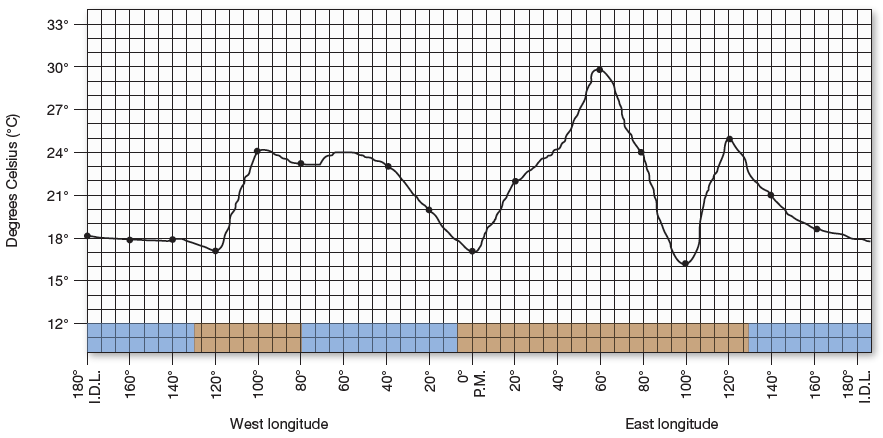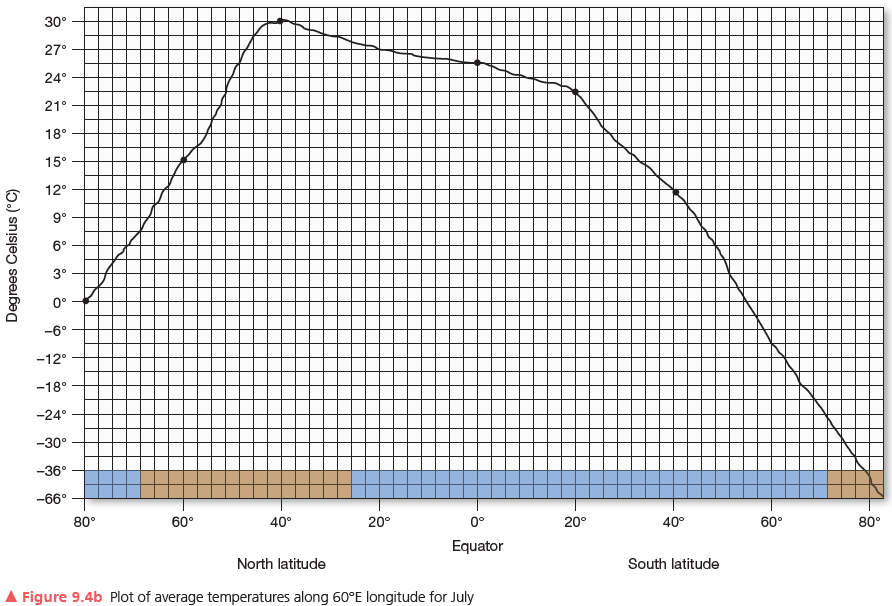What is the wind-blown soil that covers much of the North European Plain called?
a. loess
b. humus
c. alluvium
d. drift
e. potash
a
You might also like to view...
What is the probability of a flood of that magnitude in any given year?


What will be an ideal response?
Describe and explain the differences in temperature patterns between the Northern and Southern Hemispheres in January and July. What is the general pattern of isotherms? What are the extreme highs and lows in each hemisphere in January and July? Which hemisphere has the least amount of seasonal change?


What will be an ideal response?
Generally, if the settlement hierarchy does not graph as a straight line, then the society does not have:
A) an urbanized enough population B) a rank-size distribution of settlements C) enough cities for the people to have a good standard of living D) any problems with crime and homelessness E) a migration problem
A “biodiversity hotspot” is
a. an area located near the equator. b. an area that supports few, but large, species. c. an area that contains naturally high numbers of people. d. an area that contains a large number of endemic species.